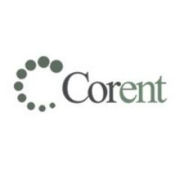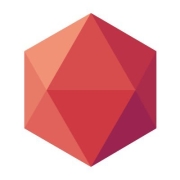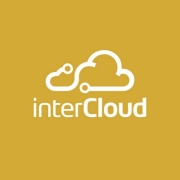PaaS Clouds offer application developers an environment to build, deploy, and manage applications without infrastructure complexity. These platforms streamline development with integrated tools and services.
PaaS Clouds empower developers by providing a suite of development tools, middleware, and cloud-based resources. They facilitate seamless deployment of applications, enhancing scalability and reducing the time-to-market. Users appreciate the ability to focus on application logic while the platform handles infrastructure management, contributing to efficient resource allocation and cost-effectiveness.
What are the key features of PaaS Clouds?In the financial industry, PaaS Clouds enable rapid development and deployment of applications essential for banking operations. Retailers use these platforms to scale e-commerce applications during peak shopping seasons, ensuring performance and reliability. The healthcare sector employs PaaS Clouds to develop applications with strong security measures for sensitive patient data.
PaaS Clouds are beneficial as they allow organizations to streamline application development processes. They minimize the need for in-house infrastructure management while accelerating innovation and improving time-to-market for new applications.
| Product | Market Share (%) |
|---|---|
| Microsoft Azure | 18.0% |
| Amazon AWS | 13.6% |
| Red Hat OpenShift | 11.6% |
| Other | 56.8% |


















































According to the IT Central Station (soon to be Peerspot) community, security is the most important criteria when selecting a Platform as a Service vendor (PaaS Cloud). PaaS clouds vary in the level of abstraction they provide their consumers. There are tradeoffs between efficiency and control over the application. Other key considerations are: the degree to which it will integrate seamlessly with the rest of the enterprise platform, the speed and resilience of internetworking, and the extent to which the platform is under control for configuration purposes. Read more »
The term aPaaS (application platform as a service) is often used interchangeably with PaaS. The subtle difference between the two is that PaaS, which provides a greater number of tools and services, refers to the entire spectrum of middleware as a service. aPaaS, on the other hand, encompasses only the tools that are used for application design, development, testing, deployment, management, and updating.
PaaS Clouds streamline your application development by providing a comprehensive platform that includes all the necessary tools and services. This eliminates the need to manage underlying infrastructure, allowing you to focus solely on writing code and developing features. The platform handles scalability, load balancing, and security, reducing your operational burden and enabling faster time-to-market.
What are the security features of PaaS Cloud solutions?PaaS Cloud solutions offer robust security features to protect your applications and data. These include built-in firewalls, data encryption, identity management, and regular security audits. You benefit from multi-layered security protocols that are constantly updated to counteract emerging threats, ensuring the safety and integrity of your applications.
Can PaaS Clouds be integrated with existing systems?PaaS Clouds are designed to integrate seamlessly with your existing systems. They support various APIs and connect with databases, CRM systems, and other enterprise applications. This flexibility allows you to extend your current workflows, maximize resource utilization, and ensure consistent data flow across different platforms without starting from scratch.
What cost-saving benefits do PaaS Cloud solutions offer?PaaS Cloud solutions are cost-effective, as they eliminate the need for heavy upfront investment in hardware and infrastructure. You pay only for the resources you use, which can lead to significant savings. By outsourcing the management of infrastructure, you reduce maintenance expenses and can allocate more budget towards innovation and development of unique business solutions.
How do PaaS Cloud solutions enhance collaborative development?PaaS Cloud solutions offer a collaborative environment with tools that enable teams to work together efficiently. Real-time collaboration features, version control, and automatic updates ensure consistency and minimize integration issues. These platforms foster a culture of innovation by allowing developers, testers, and project managers to communicate and iterate effectively, accelerating project timelines.